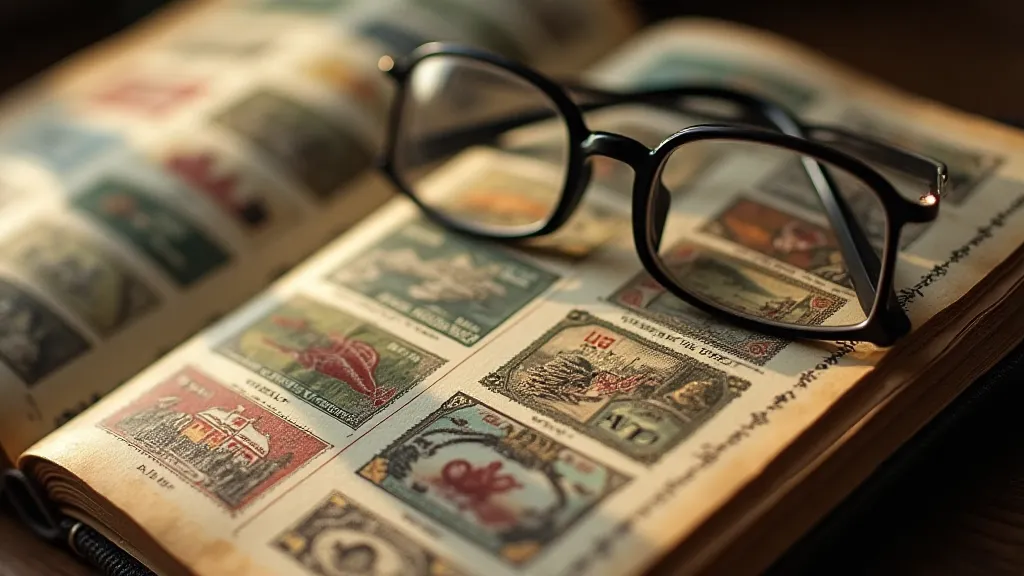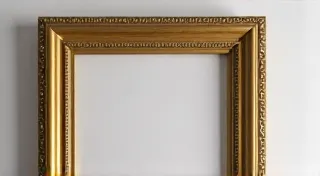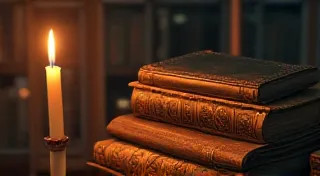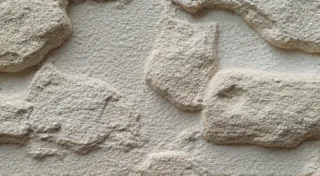Beyond the Adhesive: Stamp Collecting as a Meditation on Time’s Passage
There’s a quiet reverence that settles over a room filled with stamps. It’s not the frantic energy of a hobbyist searching for a jackpot, but something more profound – a sense of connection to history, to artistry, and to the countless lives that have touched these tiny squares of paper. Stamp collecting, or philately as it’s formally known, often gets dismissed as a pastime for the elderly, but I’m here to argue that it’s a surprisingly meditative practice, a tangible link to generations past, and a beautiful contemplation of time’s relentless passage.
My own journey into philately began unexpectedly. My grandfather, a quiet man who rarely spoke of his past, left behind a massive collection when he passed. I inherited more than just albums crammed with colorful images; I inherited a story, a legacy whispered through perforations and watermarks. Initially, I viewed it as a responsibility, a task to be sorted and possibly sold. But as I began to carefully peel back the protective sleeves and examine each stamp, I realized I was holding something far more valuable than mere paper and ink. I was holding fragments of history.
Consider the Penny Black, the world’s first postage stamp, issued in Great Britain in 1840. It depicts Queen Victoria, a young woman embodying the Victorian era’s ideals of duty and propriety. To hold one is to feel the pulse of a burgeoning industrial age, a time when postal services were revolutionized, connecting people and ideas in ways previously unimaginable. It’s a simple image, yet it represents a pivotal moment in communication history. The craftsmanship alone – the intricate engraving, the precision of the printing – speaks volumes about the skill and dedication of the artisans of the time.
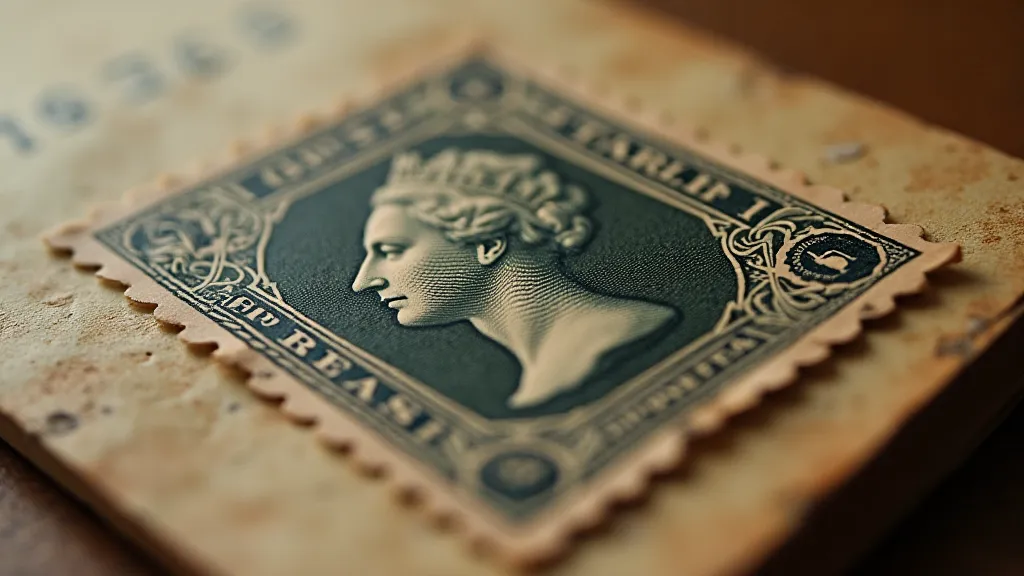
The Stories Embedded in Miniature
Each stamp tells a story. A French stamp from the early 20th century might depict a significant battle in World War I, offering a glimpse into the horrors and sacrifices of that era. A Japanese stamp commemorating the Meiji Restoration reveals the nation’s rapid modernization and its embrace of Western ideals. A commemorative stamp from a small island nation might showcase its unique flora and fauna, a poignant reminder of the fragility of ecosystems and the importance of conservation.
It’s more than just historical events, too. Stamps often capture cultural shifts – the rise of aviation, advancements in medicine, the celebration of artists and writers. The depiction of women on stamps, for example, offers a fascinating perspective on evolving societal roles. Early stamps frequently portrayed them in traditional, domestic roles, while later stamps celebrated their achievements in science, politics, and the arts.
My grandfather’s collection was particularly rich in stamps from the Austro-Hungarian Empire. He had served in the military during World War I, and I often wondered about the memories these stamps evoked for him. Did he receive letters bearing these images from the front lines? Did they remind him of loved ones left behind? The stamps themselves remained silent, but they sparked a powerful sense of longing and contemplation.
The Art of Preservation and the Patience of Time
The act of preserving vintage stamps is an exercise in patience and reverence. Unlike collecting coins or other artifacts, stamps are incredibly fragile. Humidity, sunlight, and even the acids in paper can damage them over time. Proper storage is essential, which often involves acid-free albums, archival sleeves, and controlled environments. This meticulous care mirrors the desire to honor the history encapsulated within each small piece of paper.
Restoration, when necessary, is a delicate art. Damaged stamps might require careful cleaning, re-gumming (reapplying adhesive), and even painstaking repairs. However, ethical collectors prioritize preservation over perfection. Altering a stamp’s original condition diminishes its historical value. The imperfections – the creases, the foxing (brown spots caused by moisture), the faded colors – are often part of its story, evidence of its journey through time.
I recall attempting to clean a particularly damaged stamp – a beautifully engraved depiction of an extinct bird from a remote island. The paper was brittle and torn, the colors faded. I spent hours carefully piecing it back together, using archival adhesive and a steady hand. The final result wasn’t flawless, but it was a testament to the dedication required to preserve a fragile piece of history.
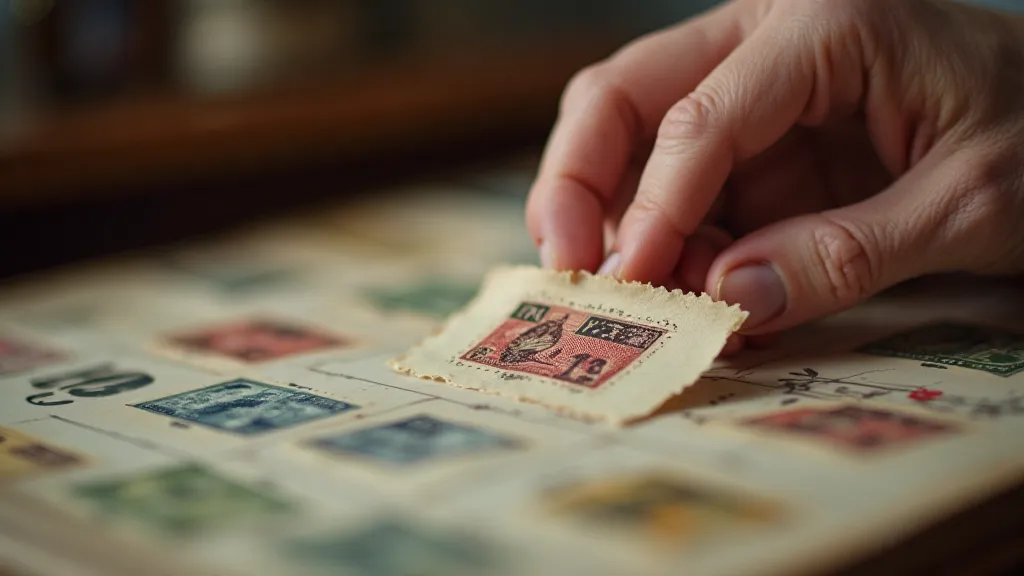
Beyond Value: The Philosophical Resonance
While the monetary value of rare stamps can be considerable (the British Guiana One-Cent Magenta, for example, is one of the most valuable stamps in the world), the true value of stamp collecting lies beyond the price tag. It’s about connecting with the past, appreciating artistry, and cultivating a sense of mindfulness.
The methodical nature of stamp collecting – the sorting, the cataloging, the research – encourages focus and precision. The slow, deliberate pace of the hobby provides a welcome respite from the frenetic demands of modern life. It’s a practice that rewards patience, observation, and a deep appreciation for detail.
Holding a vintage stamp isn’t simply about possessing a piece of paper; it’s about holding a fragment of a lost world. It’s a reminder that even the smallest objects can carry profound historical significance. It’s a meditation on time’s passage—the rise and fall of empires, the evolution of technology, the enduring power of human connection.
My grandfather’s collection, now my own, is more than just a hobby; it’s a legacy, a connection to a past I never knew. And as I carefully examine each stamp, I feel his presence, his quiet wisdom, echoing through the perforations and watermarks. It’s a privilege to be a custodian of these miniature windows into history, a silent participant in the ongoing story of humanity.
